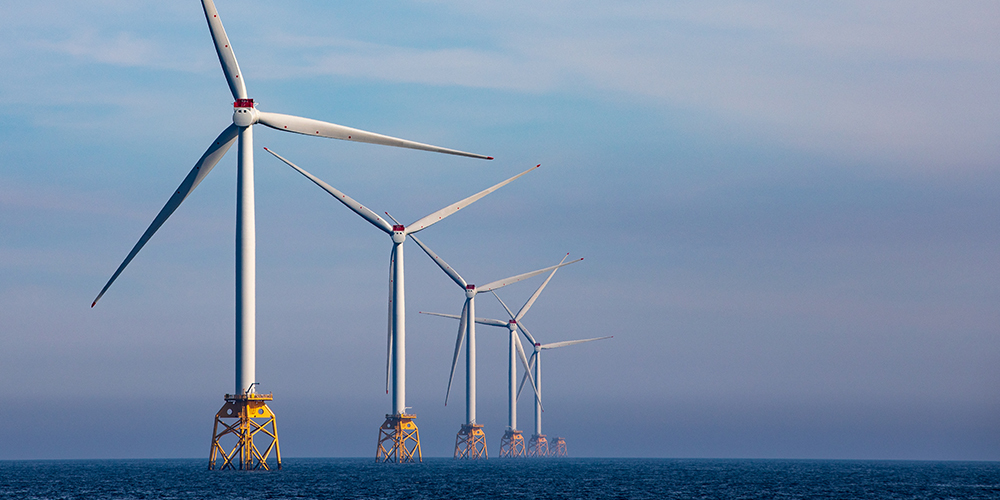SSE is set to treble its renewable output by 2030 thanks to an attractive pipeline of projects, and is on track to add 1GW of new capacity annually in the second half of the decade.
This update comes as the company releases its 2020/21 interim results, which contain a strong focus on wind, as it states it is leading the development of more offshore wind than any company in the world.
The company’s reported operating profit continued to soar, up 183% to £985.1 million, but operating profits fell by 15% to £418.3 million in the six months to 30 September. This largely mirrors the company’s 2019/20 full year results, with both pointing to the unprecedented circumstances created by the coronavirus pandemic.
The impact of COVID-19 on operating profit is estimated at £115 million, and is expected to reach around the middle of the £150 million to £250 million range by the end of the year. The company has not furloughed any employees or drawn down on any government support however, it highlighted.
SSE’s adjusted earnings per share are down 34% to 11.9p as of the end of September, but remain within the expected 10p-12.5p range.
The company’s financial security has been aided by a disposal programme designed to raise £2 billion from the sale of non-core assets announced in June. Already, this has delivered ‘exceptional gains’ by delivering £1.4 billion in proceeds, this included selling its Walney offshore wind farm, Multifuel Energy and smart meter funding provider MapleCo.
“Our disposals programme is on track, real progress is being made against the capex plan and we have the balance sheet strength to deliver what is an enviable low-carbon development pipeline,” said Richard Gillingwater, chair of SSE.
He cautioned however that despite the resilience of the company’s business model being evident in the operation performance so far, “challenges lie ahead”.
“Not least in navigating another wave of the pandemic, the potential operational impact of the weather in the second half and the lingering uncertainties around Brexit – but these are far outweighed by the wealth of significant opportunities we have to create value in the transition to net zero emissions.”
As with the company’s June results, SSE Renewables presented a particularly strong picture with reported earnings up to £318.6 million in the six months to September 30 2020, versus £106.4 million year-on-year.
In the coming days, SSE is expecting to reach financial close on the Dogger Bank wind farm, which at 3.6GW will be the world’s largest offshore wind farm, capable of powering 4.5 million homes once completed in 2026. The company has a 50% stake in the flagship project, along with stakes in other key projects such as the Seagreen offshore wind farm, of which it sold a 51% stake in June, and the Viking onshore wind farm.
SSE’s commitment to treble its renewable energy capacity follows the energy company joining the Race to Zero campaign earlier this month, committing to reaching net zero by 2050 at the latest. Additionally it has already committed to spending £7.5bn – £4m every day – to 2025 on major low carbon infrastructure projects.
On Monday (16 November), the company was announced as one of the Principal Partners of 2021’s COP26 climate change conference in Glasgow, as it works to cement it’s roll in decarbonising the UK.
Alistair Phillips-Davies, SSE chief executive, said this was an important moment for all who support the effort to tackle climate change, pointing to the Prime Minister’s “welcome 10-point plan to build back greener” as well as the company’s increased renewable commitment.
“As we seek a recovery from the effects of coronavirus, investments in low-carbon infrastructure that help stimulate the economy, boost jobs and level up regions while tackling climate change are a win-win.
“We’ve led from the front on the green recovery, creating over 1,000 jobs through our low-carbon projects and with more to come as we support efforts to build back greener. And with clear policy signals from government and the regulator, we can do more.”






